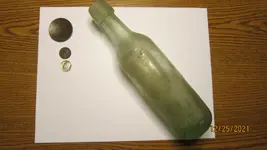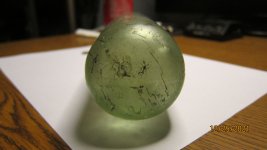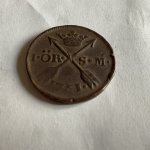Found this bottle a while back but never could figure out why it has a round bottom?
I been told it was to lay the bottle flat to keep the cork wet?
What do you guys think?
I been told it was to lay the bottle flat to keep the cork wet?
What do you guys think?








